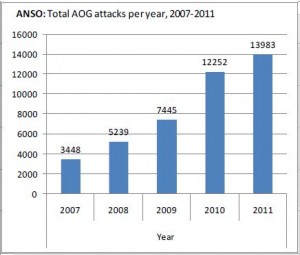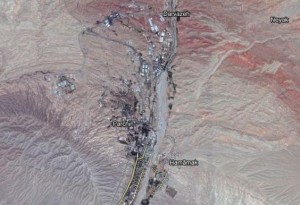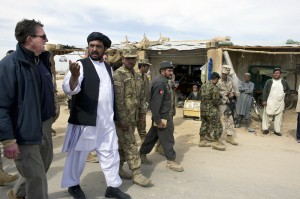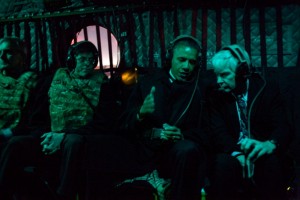Despite Progress on Iran-IAEA Talks, US Envoy Emphasizes War Plans
Both Bloomberg and the AP’s George Jahn reported yesterday that the second session of talks in Vienna between the IAEA and Iran produced progress and that additional talks are now scheduled for May 21 in Vienna. But don’t look for news of this progress in the New York Times, because it’s not there. And don’t look for statements from the US praising the progress (although China did praise it) and urging further progress at Monday’s talks in Vienna or the P5+1 talks later in the week in Baghdad. Instead, US Ambassador to Israel Dan Shapiro chose to emphasize in an interview on Army Radio in Israel that US plans for war with Iran are ready to be put into action.
First, the good news on the progress. From Bloomberg:
Iran and International Atomic Energy Agency inspectors extended a round of negotiations over the Persian Gulf nation’s suspected nuclear-weapon work after both sides said progress had been made.
IAEA inspectors will meet again with their Iranian counterparts on May 21 in Vienna. They ended today two days of talks in the Austrian capital.
“We discussed a number of options to take the agency verification process forward,” IAEA chief inspector Herman Nackaerts told reporters. “We had a good exchange of views.”
/snip/
“We had fruitful discussions in a very conducive environment,” Iran’s IAEA Ambassador Ali Asghar Soltanieh said. “We have had progress.”
More details on the progress are reported by Mehr News:
Iran and the International Atomic Energy Agency have agreed to develop a modality for further cooperation, the Mehr News Agency has learnt.
The responsibilities and commitments of each side will be determined by the modality and the measures necessary will be taken based on the agreement.
In his report on the progress of negotiations, George Jahn couldn’t resist a partial reprise of his report over the weekend in which he breathlessly released a cartoon purporting to depict an explosives chamber where nebulous “Western diplomats” have leaked to Jahn that work to develop an explosive neutron trigger for an atomic bomb has been carried out. In an interesting development, Jahn has put a new accusation into this scenario. On Tuesday, I pointed out that if the accused work has been carried out in the chamber, then the steel walls of the chamber will be radioactive due to neutron activation and that this radioactivity will be dispersed throughout the entire thickness of the steel. That means the chamber cannot have its radioactivity removed by the cleaning process claimed by David Albright:
The process could involve grinding down the surfaces inside the building, collecting the dust and then washing the area thoroughly. This could be followed with new building materials and paint. It could also involve removing any dirt around the building thought to contain contaminants.
Jahn now allows for the possibility that Iran could not leave a chamber that is radioactive due to neutron activation in the building for an IAEA inspection:
Some fear that Iran may even dismantle the explosives containment chamber believed to be inside the suspect building, taking it out in small pieces, if given enough time.
Why has Jahn’s language evolved from “scrubbing” the chamber to removing it? Read more →





